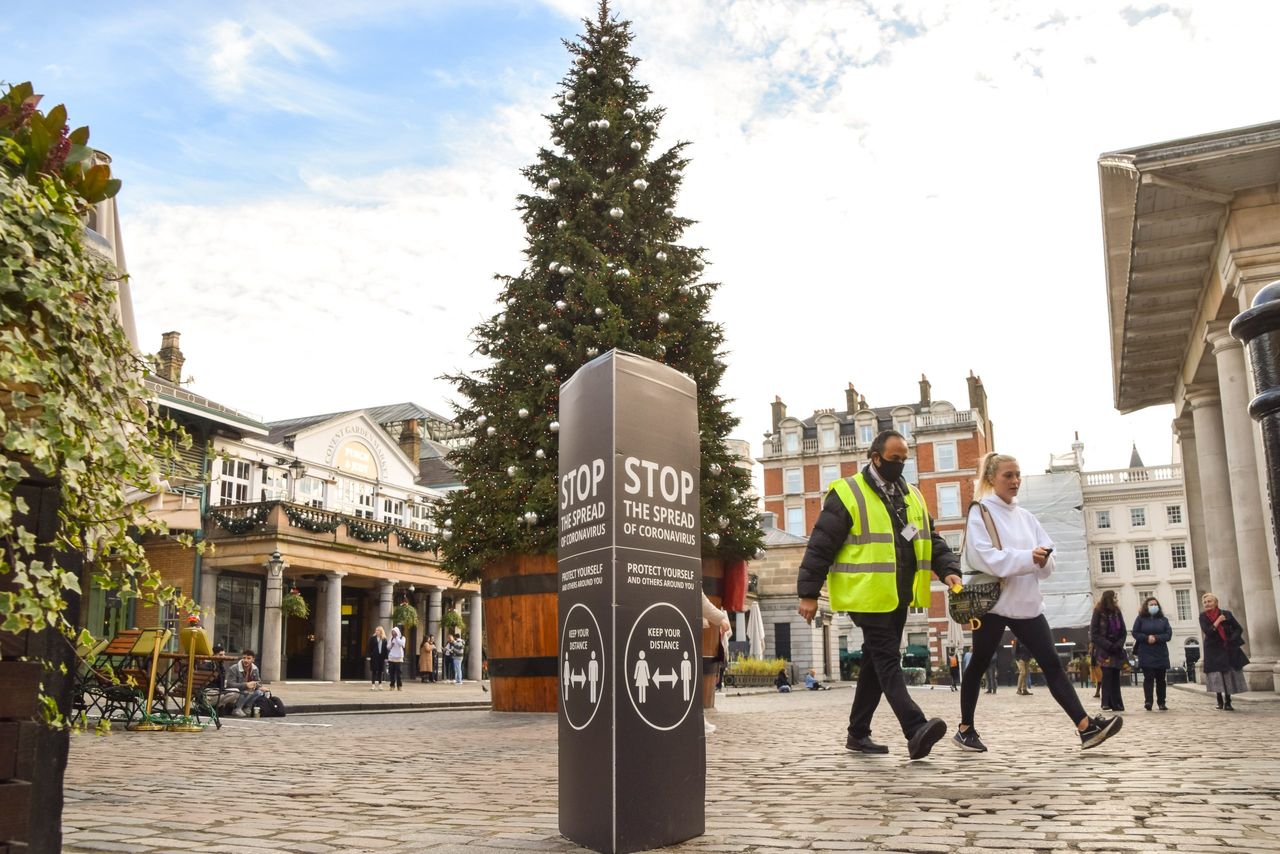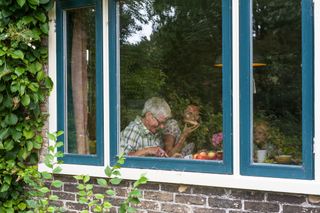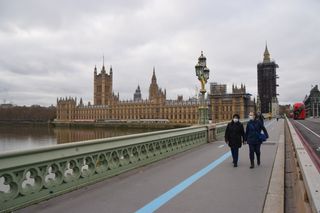How will the new tiers in England be decided and when will the tiers be announced?
How will the new tiers in England be decided? Your questions about the system and when the tiers will be announced, answered here.


Prime Minister Boris Johnson confirmed on November 23 that England would be returning to a stricter form of the three tier system when the national restrictions end next week on December 2.
But how the new tiers in England will be decided is the subject of discussion. Which local areas will be in which tiers will be announced before the end of the week and those in England wait nervously to see what restrictions their area will be subject to.
Depending on which tier an area is in, certain shops, restaurants, pubs and bars will have to close or be allowed to remain open, and while those in lower tiers people will be able to mix indoors with others, while those in higher tiers will have restrictions put on them.
The restrictions are set to last until March next year as recent news about the coronavirus vaccine has meant that large numbers of the population could be vaccinated by Spring 2021. New coronavirus Christmas rules mean that the tier system will be put aside for the festive period and families will be allowed to form a 'Christmas bubble' However, we have been warned that a more lenient Christmas will mean a tougher January lockdown to start the new year.
So how will the new tiers in England be decided this time? After Manchester’s mayor Andy Burnham fought the government on putting his city into harsh restrictions last time, it’s thought that the process has changed. This is what we know…
How will the new tiers in England be decided?
The new tiers in England will be decided by various factors related to how well the area is coping with the Covid-19 pandemic. It’s based on infection rates, the region’s R-rate and the pressures that the NHS is currently under and will be under in the future.
This means, as the government has already suggested, more areas will be under harsher restrictions than before. This is because in many areas around England, the lockdown hasn't worked well enough to quell the spread of the virus.
GoodtoKnow Newsletter
Parenting advice, hot topics, best buys and family finance tips delivered straight to your inbox.
During the last set of three tier restrictions, Liverpool was the first to go into tier 3 after cases in the city and the surrounding areas surged over a short space of time and other areas in the North of England followed soon after, including Manchester, Lancashire and South Yorkshire. While London was in tier one at the beginning, when the rules were announced in October, it soon moved up into tier two as did Hull, Staffordshire and Oxford. With areas moving through the tiers seemingly every day, it's no surprise that by the end of October, the majority of places in England were in tier two and a full lockdown was incoming, as the restrictions hadn't been enough to prevent it.

However, some people have been quick to point out that in many cases, the restrictions are far less harsher this time around compared to the previous three tier system. As revealed on Monday November 23, gyms and leisure centres will be open throughout all three tiers and all non-essential shops, along with personal care businesses like hairdressers are allowed to stay open.
Stricter measures have mainly hit the hospitality industry as pubs, bars and restaurants can all open in tier one but in tier two, people can only buy alcohol if they have a substantial meal - which was previously a restriction only in tier three. This time in tier three, hospitality venues including pubs and restaurants are closed.
Overnight stays with up to six people are also possible in tiers one with those outside of your household and they're also allowed in tier two, as long as it’s with your household or support bubble. In tier three, it’s completely off the cards.
With this in mind, it's thought that in deciding the new tiers for England, the government have taken into account geographies and other physical factors to ensure that very area is put under the correct tier for their level of risk.
With the week soon coming to an end and plenty to take in already this week, especially around what we're allowed to do for Christmas and New Years' Eve, when will we know which tier we are going to be in?
When will the tiers be announced?

The new tiers have now been announced as they were set to go live on Thursday November 6, which means that you can now check which tier your area is in using the government's postcode checker.
In a statement, the prime minister said, “We will continue to bear down hard on this virus. We will use tough tiering in some ways tougher than the pre-lockdown measures - and details of those tiers are on the gov.uk website later this week when we have the most up to date data and we will be sharing details of which tier your area is going to be in.”
The NHS Covid-19 app, which has been used throughout the lockdown to inform people of whether they should self-isolate, will also be updated at this time with a new badge to indicate which level of restrictions an area is in.
Can the tiers change?
The government has been quick to reassure people that if their infection rate, R-rate or other factors are considered improved enough to move down a tier, they will do so as the tier allocations will be reviewed every two weeks. This means that they could even change before Christmas as the first review has already been set for December 16.
It’s thought that the regional approach will last until March at least, as progress made on the coronavirus vaccine has suggested that by this time, the majority of the population could be vaccinated against the virus.

Grace Walsh is a health and wellbeing writer, working across the subjects of family, relationships, and LGBT topics, as well as sleep and mental health. A digital journalist with over six years experience as a writer and editor for UK publications, Grace is currently Health Editor for womanandhome.com and has also worked with Cosmopolitan, Red, The i Paper, GoodtoKnow, and more. After graduating from the University of Warwick, she started her career writing about the complexities of sex and relationships, before combining personal hobbies with professional and writing about fitness.